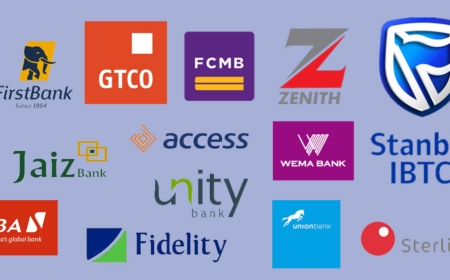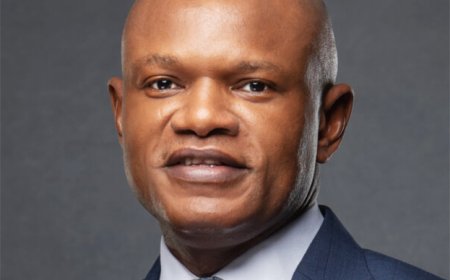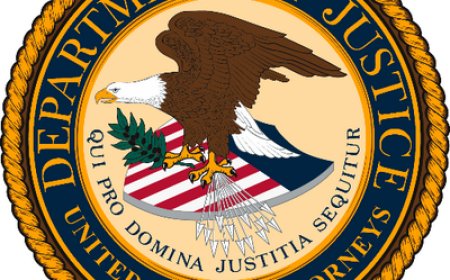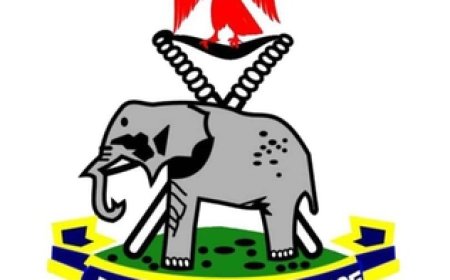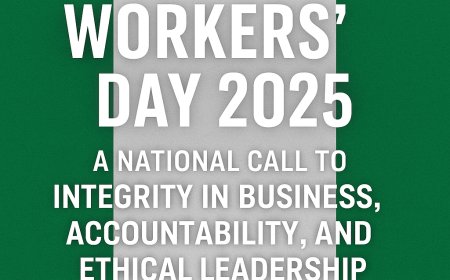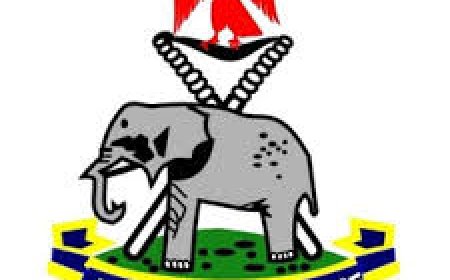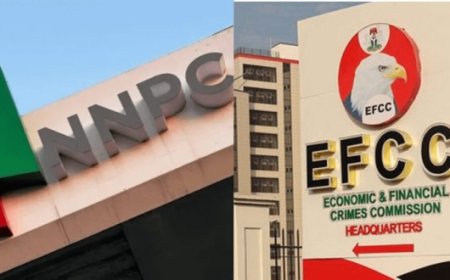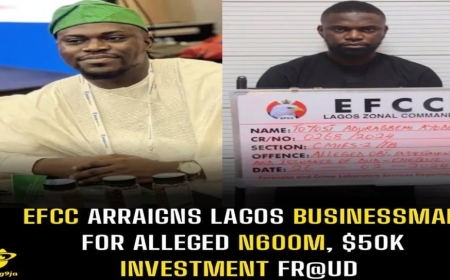The Rise and Fall of Nokia: Business Lessons on Innovation & Disruption
Discover how Nokia, once the world’s leading mobile phone brand, lost its dominance in the smartphone revolution. Learn key business lessons on innovation, disruption, and adaptation in an ever-evolving tech industry
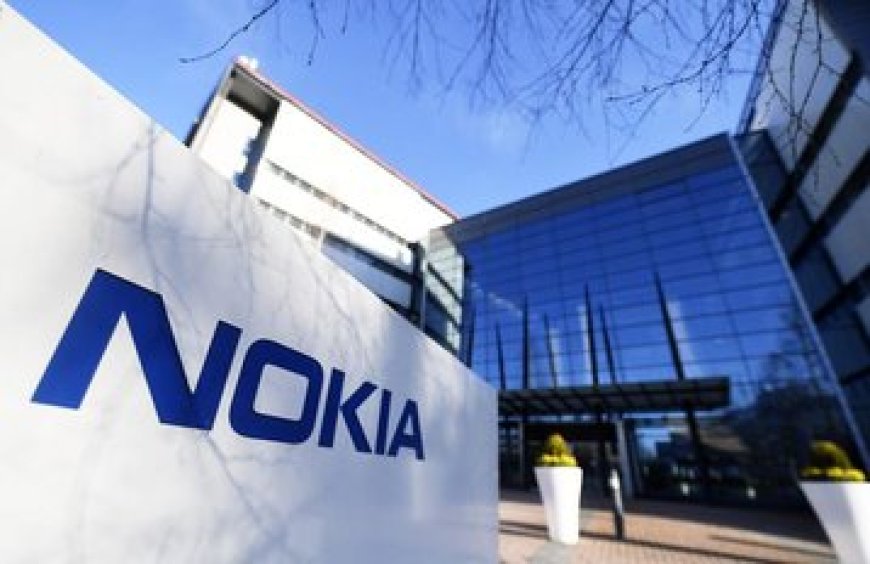
By Ohio O. Ojeagbase PhD, FICA, FIDR
The story of Nokia’s decline is one of the most compelling cautionary tales in modern business history. Once a dominant force in the mobile phone industry, Nokia's meteoric rise and subsequent fall serve as a stark reminder of the critical importance of adaptation, innovation, and foresight in an ever-evolving technological landscape. This expanded exploration delves deeper into the nuances of Nokia’s journey, offering valuable lessons for businesses worldwide.
The Rise: From Humble Beginnings to Global Dominance
Nokia’s origins trace back to 1865 when it was founded as a pulp mill in Finland. Over the decades, the company evolved through various industries, including rubber, paper, and telecommunications. However, it wasn’t until the late 1980s and early 1990s that Nokia emerged as a global powerhouse in mobile phones. By the late 1990s, Nokia had captured an impressive 40% market share globally, becoming synonymous with mobile communication.
Key factors behind Nokia’s success during this period included:
- Innovative Product Design: Nokia introduced iconic devices like the 3210 and 3310, which became cultural symbols of durability and simplicity.
- Global Expansion: The company aggressively expanded its footprint across emerging markets, particularly in Asia and Africa, where affordability and reliability were paramount.
- Strong Brand Identity: Nokia built a reputation for quality, trustworthiness, and cutting-edge technology, earning loyalty from millions of customers worldwide.
At its peak, Nokia employed over 120,000 people and generated billions in revenue annually. Yet, beneath the surface, cracks began to form that would eventually lead to its downfall.
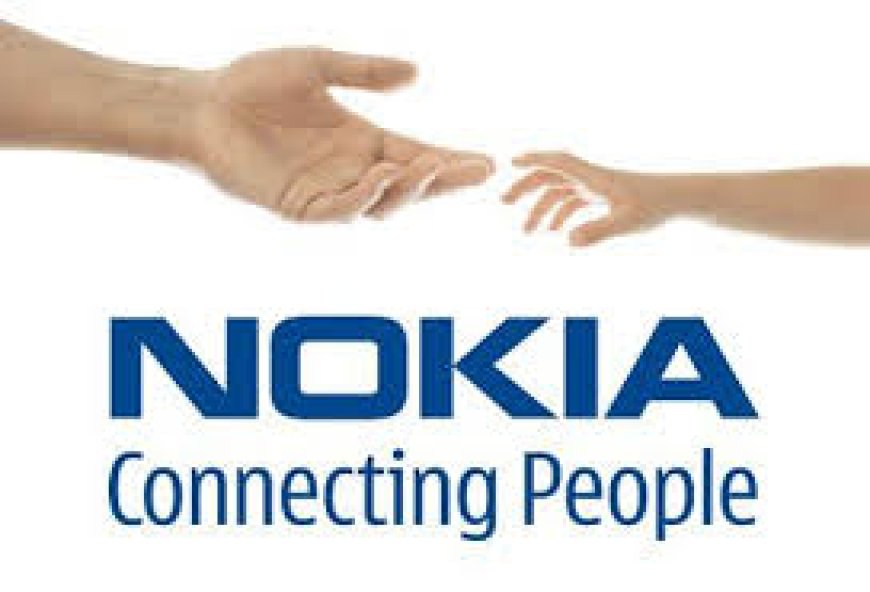
The Fall: How a Market Leader Lost Its Way
By the mid-2000s, Nokia faced mounting challenges as the mobile industry evolved rapidly. While it remained dominant in feature phones, the rise of smartphones—driven by Apple’s iPhone (2007) and Google’s Android platform—marked a pivotal shift in consumer expectations. Nokia’s failure to adapt quickly led to a series of strategic missteps, ultimately resulting in its 2013 acquisition by Microsoft. Below are the key factors that contributed to its decline:
1. Failure to Embrace Software Ecosystems
Nokia’s downfall was largely due to its reluctance to prioritize software over hardware. While competitors focused on creating seamless user experiences through iOS and Android, Nokia clung to its outdated Symbian operating system. The company recognized the need for change but was slow to transition, fearing it would undermine its existing products. By the time it introduced an alternative—Meego—it was too late. Consumers had already migrated to platforms with robust app ecosystems. In contrast, Apple’s App Store and Google Play flourished, attracting both developers and users. Nokia’s inability to build a competitive software ecosystem sealed its fate.
2. Complacency and Arrogance
Nokia’s early dominance led to a dangerous sense of invincibility. Executives dismissed the rise of touchscreens, believing their keypad-based phones were superior. The company also underestimated the impact of app-driven ecosystems, assuming hardware alone would sustain its lead. Apple and Google, however, understood that the future of mobile technology was software-centric, offering intuitive user experiences that Nokia failed to match. This overconfidence resulted in delayed innovation and a failure to anticipate consumer needs. By the time Nokia acknowledged the shift, it was already playing catch-up, while Apple and Samsung had captured the premium smartphone market.
READ More News:
- The Acting Group CEO of Access Holdings PLC
- Blackmail And Extortion In Nigeria And Consequences
- Tribute To Mrs Titilayo Osuntoki HCIB
- ABUAD Business School and KREENO Forged Strategic Partnership
3. Reluctance to Cannibalize Profitable Products
Like Kodak, which hesitated to embrace digital cameras for fear of undermining its film business, Nokia clung to its highly profitable feature phones instead of aggressively investing in smartphones. The company was hesitant to disrupt its own revenue streams, choosing short-term gains over long-term sustainability. This delay allowed Apple and Samsung to dominate the smartphone market. Instead of leading innovation, Nokia remained stuck in an outdated business model, failing to recognize that transformation—even at the cost of existing products—was necessary for survival. By the time it prioritized smartphones, consumer preferences had already shifted away from its offerings.
4. Lack of Visionary Leadership
Unlike Steve Jobs at Apple or Jeff Bezos at Amazon, Nokia lacked a visionary leader to steer the company through disruption. Its leadership was fragmented, and executives had conflicting priorities, leading to indecision. Instead of a unified strategy, Nokia constantly shifted directions, first investing in Symbian, then Meego, and finally adopting Windows Phone—a lack of consistency that confused both consumers and developers. The company needed a strong, future-focused leader who could inspire innovation, make bold decisions, and execute a long-term vision. Without this leadership, Nokia failed to rally around a clear strategy, ultimately falling behind its competitors.
5. Chaotic Organizational Structure
Nokia’s internal structure became too bureaucratic and slow-moving, making innovation difficult. Departments operated in silos, preventing seamless collaboration. A “shoot the messenger” culture emerged, where employees feared speaking out about the company’s weaknesses, resulting in poor decision-making. Unlike Apple and Google, which fostered open, fast-moving innovation cultures, Nokia’s internal struggles led to delays in product development. The company lacked agility, causing it to miss critical market shifts. Even when opportunities to pivot arose, internal dysfunction prevented effective execution. Without a streamlined, innovation-driven structure, Nokia struggled to keep pace with a rapidly evolving tech landscape.
6. Missed Opportunities in Partnerships
In 2011, Nokia attempted to recover by partnering with Microsoft to use Windows Phone as its operating system. However, this decision came too late—by then, consumers were already deeply entrenched in iOS and Android. Windows Phone lacked the developer support and app ecosystem needed to compete, making it an unattractive alternative. Instead of collaborating with Google to adopt Android, which could have revived Nokia’s hardware appeal, the company tied itself to a struggling platform. This miscalculated partnership failed to generate the market traction Nokia needed, ultimately leading to its sale to Microsoft in 2013 for $7.2 billion.
Conclusively, Nokia’s decline was not due to a single mistake, but rather a series of strategic missteps, ranging from an overreliance on hardware to poor leadership and missed opportunities in software development. The company’s failure to embrace disruption, combined with bureaucratic inefficiencies and delayed decision-making, made it impossible to compete in a rapidly evolving market. Nokia’s story serves as a cautionary tale: innovation is not optional, and businesses must continuously evolve to survive. Those who fail to anticipate change risk losing relevance—no matter how dominant they once were.

The Microsoft Acquisition: A Final Gamble Gone Wrong
In September 2013, Microsoft acquired Nokia’s Devices & Services division for $7.2 billion, marking the end of an era for the Finnish giant. At the time, Microsoft hoped to bolster its struggling Windows Phone platform by leveraging Nokia’s expertise in hardware design. However, the acquisition proved disastrous, resulting in a $7 billion write-down just two years later.
Several factors contributed to the failure:
- Cultural Misalignment: Integrating Nokia’s European corporate culture with Microsoft’s American ethos proved challenging, leading to friction and inefficiencies.
- Market Saturation: By the time of the acquisition, the smartphone market was dominated by Apple and Samsung, leaving little room for new entrants.
- Strategic Miscalculations: Microsoft underestimated the depth of Nokia’s operational challenges and overestimated the appeal of Windows Phone.
Ultimately, the deal underscored the complexities of cross-cultural mergers and acquisitions, serving as another lesson in the perils of poor strategic planning.
Lessons Learned: What Businesses Can Take Away from Nokia’s Story
Nokia’s decline offers timeless business lessons, particularly in today’s fast-paced and disruptive marketplace. Companies that fail to adapt, innovate, and embrace change risk fading into irrelevance. Here are six key takeaways:
1. Adapt or Perish
No business, regardless of its dominance, is immune to disruption. Nokia’s downfall stemmed from its inability to pivot quickly in response to industry changes. The tech world moves at lightning speed, and companies that fail to evolve risk being left behind. Adaptation isn’t just about keeping up—it’s about staying ahead. Businesses must constantly reassess market trends, customer needs, and emerging technologies. Agility and forward-thinking leadership are critical for survival. Success today does not guarantee relevance tomorrow. Organizations that cultivate a mindset of continuous learning and reinvention will remain competitive, while those that resist change will inevitably decline. The choice is simple: evolve with the industry or become a cautionary tale like Nokia.
2. Embrace Disruption Proactively
Disruption is not an external threat—it is an inevitable force of progress. Businesses must view it as an opportunity rather than a challenge. Nokia resisted the shift to smartphones, failing to recognize that new technology often replaces, rather than complements, the old. Companies should be willing to disrupt their own successful products before competitors do. This requires bold decision-making and a willingness to embrace short-term losses for long-term gains. Disruptive companies like Apple and Amazon thrive by continually challenging their own models, ensuring they set the pace rather than react to it. Organizations that hesitate in the face of industry transformation risk being replaced by those that act decisively. Adaptation should be a proactive strategy, not a last resort.
3. Prioritize Corporate Culture
A company’s culture determines its ability to innovate, adapt, and remain competitive. Nokia suffered from internal politics, poor communication, and a rigid hierarchy that discouraged open dialogue. Employees feared challenging leadership, stifling innovation and delaying critical decisions. A strong corporate culture encourages transparency, collaboration, and the freedom to experiment without fear of failure. Companies that cultivate a learning-oriented and risk-tolerant culture create an environment where groundbreaking ideas can flourish. Leadership must foster inclusivity, encourage feedback, and reward innovative thinking. Without a dynamic, adaptable, and forward-thinking culture, even the most powerful organizations risk stagnation. Building an environment where employees feel empowered to contribute ideas can mean the difference between growth and decline.
- How Non Payment Of Your Debt Affect Your Integrity
- Strengthening Fight Against Financial Fraud in Nigeria
- 1.3BN Fraud: Police To Arraign Obanikoro's Son On February 27
- Debt Repayment And Business Ethics: Why Debt Repayment Enhances A Thriving Economy In Nigeria
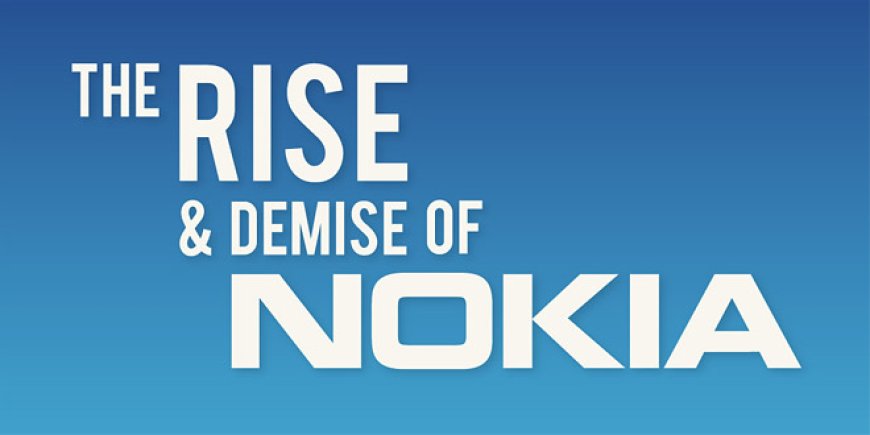
4. Look Beyond Short-Term Gains
Focusing solely on immediate profits can blind companies to long-term industry shifts. Nokia prioritized short-term financial success over strategic investments in research and development, allowing competitors to outpace them in innovation. Businesses must strike a balance between profitability and reinvestment in future growth. Companies like Google and Tesla allocate resources to experimentation and forward-looking projects, ensuring they remain at the forefront of their industries. A long-term vision requires patience, but the failure to anticipate future trends can lead to obsolescence. True leadership is about preparing for the future, not just optimizing for today. Companies that reinvest in innovation, talent, and emerging markets position themselves for sustainable success, while those focused solely on immediate returns risk extinction.
5. Recognize and Respond to Disruptive Forces
Market disruptions often start as small trends that many businesses dismiss—until it’s too late. Nokia underestimated the rise of smartphones, failing to recognize their potential to redefine consumer expectations. Companies must develop the ability to identify early warning signs of industry disruption and act swiftly. This means actively monitoring technological advancements, studying consumer behavior, and staying ahead of emerging competitors. Companies like Netflix succeeded because they pivoted before market shifts became crises. Businesses that wait until change is unavoidable often find themselves scrambling to catch up. The ability to predict and respond to disruption separates market leaders from those who fade into history. Staying ahead of disruption isn’t just a strategy—it’s a necessity.
6. Build Strong Collaborations
Strategic collaboration can help companies expand their reach, accelerate innovation, and strengthen market positions. However, successful partnerships require alignment in vision, goals, and corporate culture. Nokia’s partnership with Microsoft failed because it was reactive rather than strategic, with misaligned priorities and a lack of synergy. Effective collaborations should complement a company’s strengths, open new opportunities, and foster mutual growth. Businesses that form strategic alliances with the right partners can gain access to new technologies, markets, and expertise. However, partnerships must be built on trust, shared objectives, and a commitment to long-term success. A well-executed collaboration can be a game-changer, but a poorly managed one can accelerate a company’s decline.
Nokia’s story is a stark reminder that no company is invincible. Success today does not guarantee relevance tomorrow. Businesses must remain adaptable, embrace innovation, and proactively respond to market shifts. By fostering a strong culture, prioritizing long-term vision, recognizing disruption early, and forming the right partnerships, organizations can avoid the fate that befell Nokia. The lesson is clear: change is not an option—it is a necessity.
The Aftermath: Legacy and Resurgence
While Nokia’s mobile phone business faded into obscurity, the company itself survived, refocusing on telecommunications infrastructure and 5G technology. Today, Nokia remains a key player in the networking sector, generating significant revenues through its enterprise solutions.
Moreover, Nokia’s story serves as a powerful reminder of the transient nature of success in the tech world. Even giants can falter if they fail to anticipate and respond to changing dynamics. As former CEO Stephen Elop poignantly reflected, “We didn’t do anything wrong, but somehow, we lost.” This statement encapsulates the harsh reality of modern competition: doing things right isn’t enough; you must also do them faster, smarter, and better than your rivals.
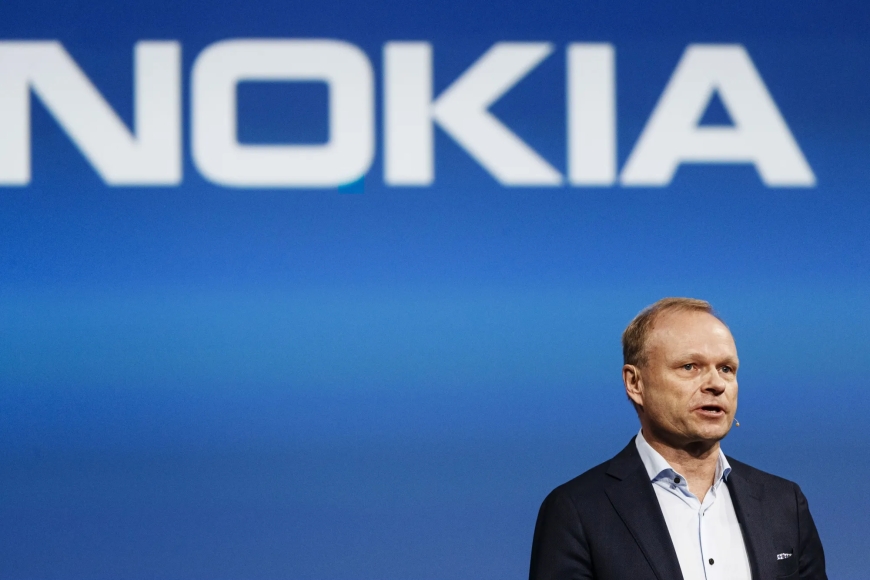
How Leadership Can Ruin an Empire: The Stephen Elop & Nokia Downfall
Stephen Elop, once seen as Nokia’s potential savior, ultimately played a significant role in its decline. After joining Nokia as CEO in 2010, he led the company into a controversial partnership with Microsoft, adopting Windows Phone over the dominant Android ecosystem. This decision proved disastrous, leading to Nokia’s rapid loss of market share and eventual sale to Microsoft in 2013.
Following the acquisition, Elop became Microsoft’s Executive VP of Devices, overseeing Lumia smartphones, Microsoft HoloLens, and the ill-fated Nokia MixRadio spin-off. However, his leadership failed to revive Microsoft’s mobile ambitions. By 2015, as Microsoft’s phone division crumbled, CEO Satya Nadella dismissed Elop, signaling the end of Nokia’s mobile legacy.
Elop later held leadership roles at Telstra (2016–2018) and APiJET (2019–2021) but was eventually let go from both companies. His tenure at Nokia remains one of the most infamous examples of how poor strategic decisions, reluctance to adapt, and leadership missteps can bring down even the strongest business empires.
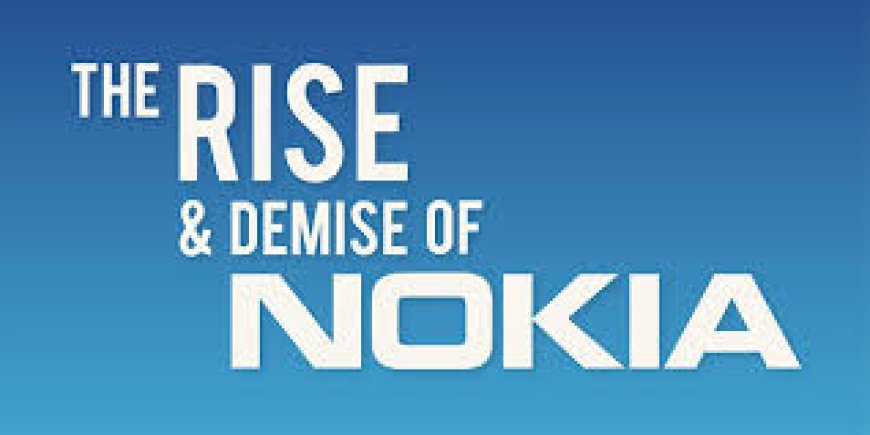
Conclusion: The Imperative of Adaptation
Nokia’s fall from grace is not merely a tale of failure but a testament to the relentless pace of change in the digital age. It highlights the fragility of market leadership and the necessity of continuous evolution. For businesses striving to thrive in this dynamic landscape, Nokia’s story provides both a warning and a blueprint for survival.
As we reflect on Nokia’s journey, let us remember that no empire is invincible, no advantage permanent. Only those who embrace change with courage and foresight will endure in the face of tomorrow’s challenges.
Rest in peace, Nokia—the giant whose legacy continues to inspire and educate generations of entrepreneurs and leaders alike.
From Probitas Report Advisory Board - The Hard Truth: Change or Be Left Behind
In a rapidly evolving world, stagnation guarantees obsolescence. Success is fleeting and must be continually renewed, as illustrated by fallen giants like Blockbuster, Kodak, and Nokia, which clung to past achievements while competitors innovated. Complacency—masked as comfort—erodes relevance, leading to gradual decline through missed opportunities and outdated skills.
Change manifests in two forms: proactive (anticipating shifts and leading transformation) or reactive (forced adaptation when already lagging). The former fosters thriving; the latter mere survival. The cost of inaction includes irrelevance, lost markets, and irreversible damage.
To stay ahead, embrace a mindset of continuous growth:
1. Invest in self-improvement through lifelong learning and skill development.
2. Stay hungry—pursue challenges and innovate relentlessly.
3. Adapt to trends in technology, markets, and consumer needs.
Reinvention is not optional but essential. The choice is clear: lead change proactively or risk being left behind. Success belongs to those who evolve with urgency, transforming challenges into opportunities rather than clinging to comfort zones.
Author:
Ohio O. Ojeagbase, PhD, FICA, FIDR, DBA in View
Chief Private Investigator/CEO
Kreeno Debt Recovery and Private Investigation Agency
A Subsidiary of KREENO Holdings LLC, USA
ADVERT: FOR ALL YOUR JUBEP, PRE-DEGREE, UNDERGRADUATES, MASTERS, DOCTORAL PROGRAMS, JOIN ME AT ABUAD BUSINESS SCHOOL
Contact Information:
ABUAD Business School, Ibadan Campus: 13, Osuntokun Avenue, Bodija, Ibadan
Mrs. Ezekpo Funmilola (Assistant Registrar, Exams and Records)
WhatsApp Only: 0902 505 0410 and Phone: 0806 379 5399
What's Your Reaction?












